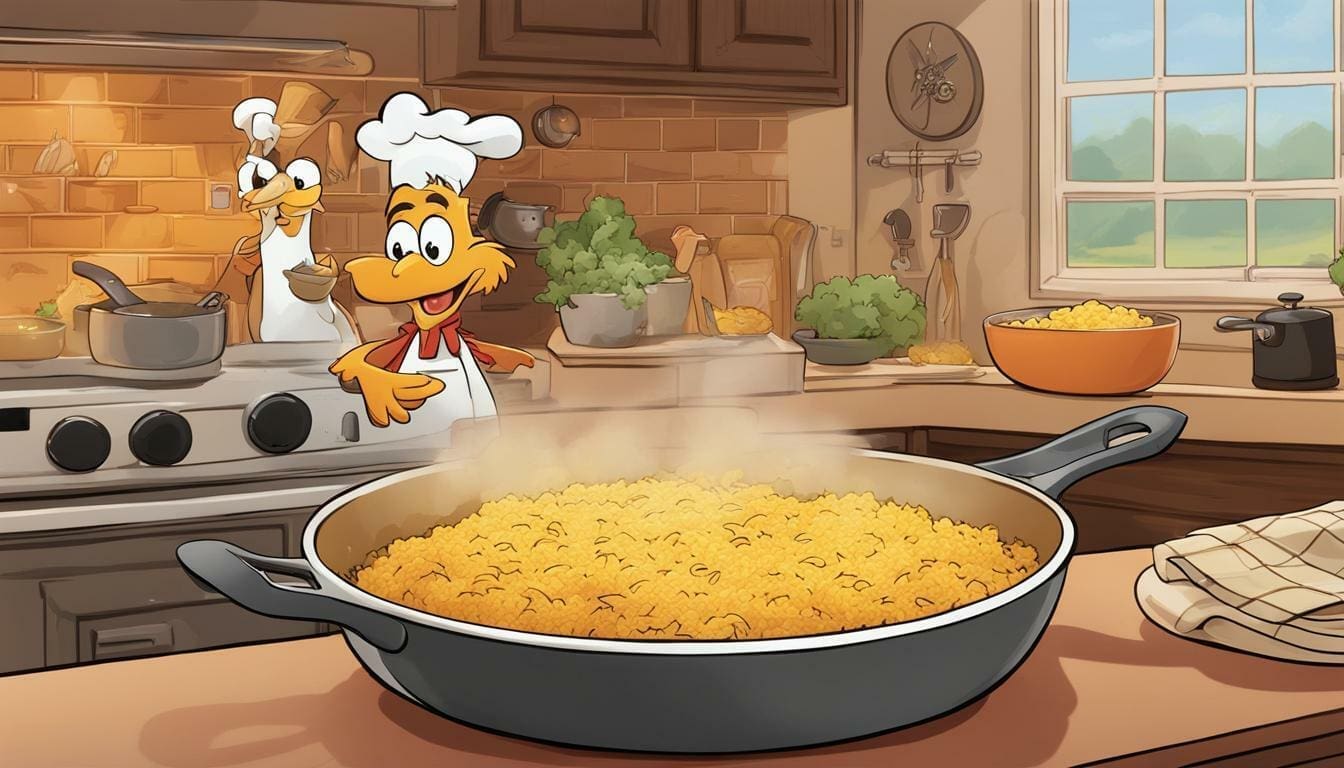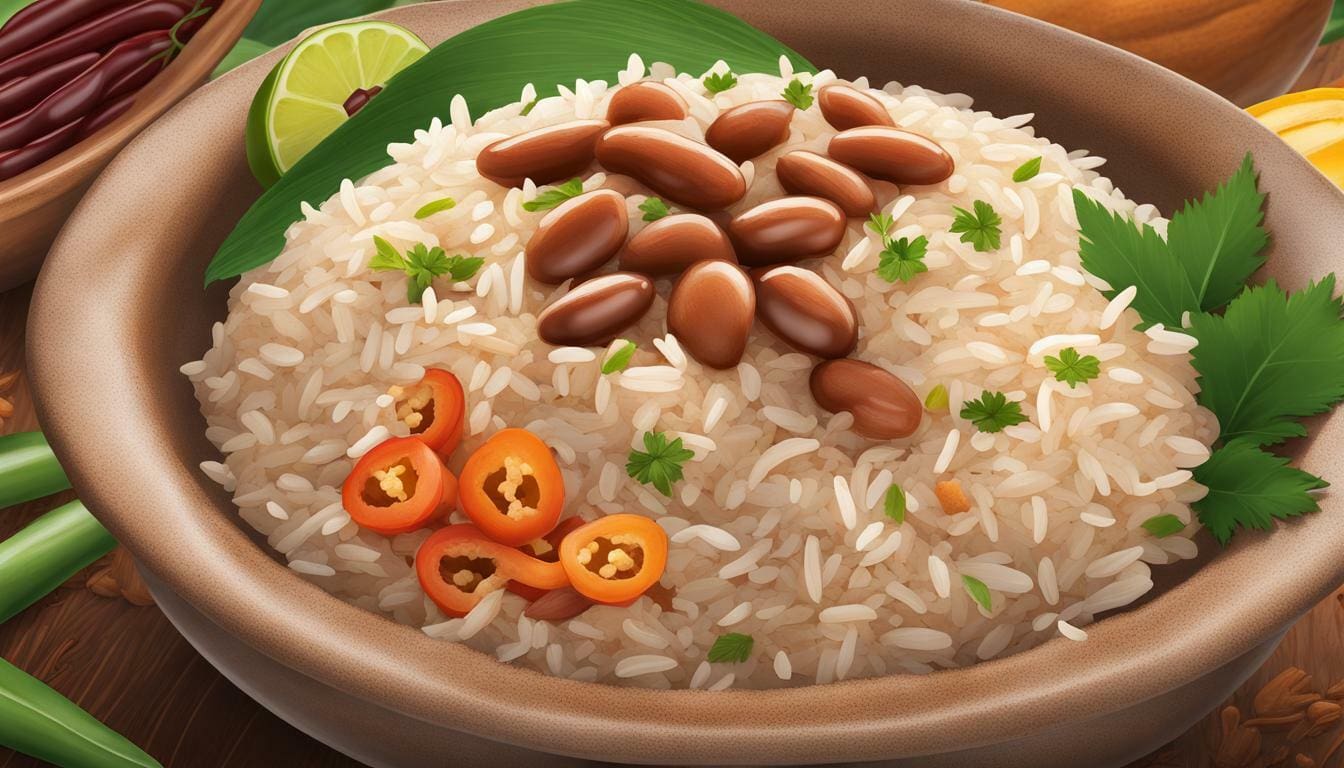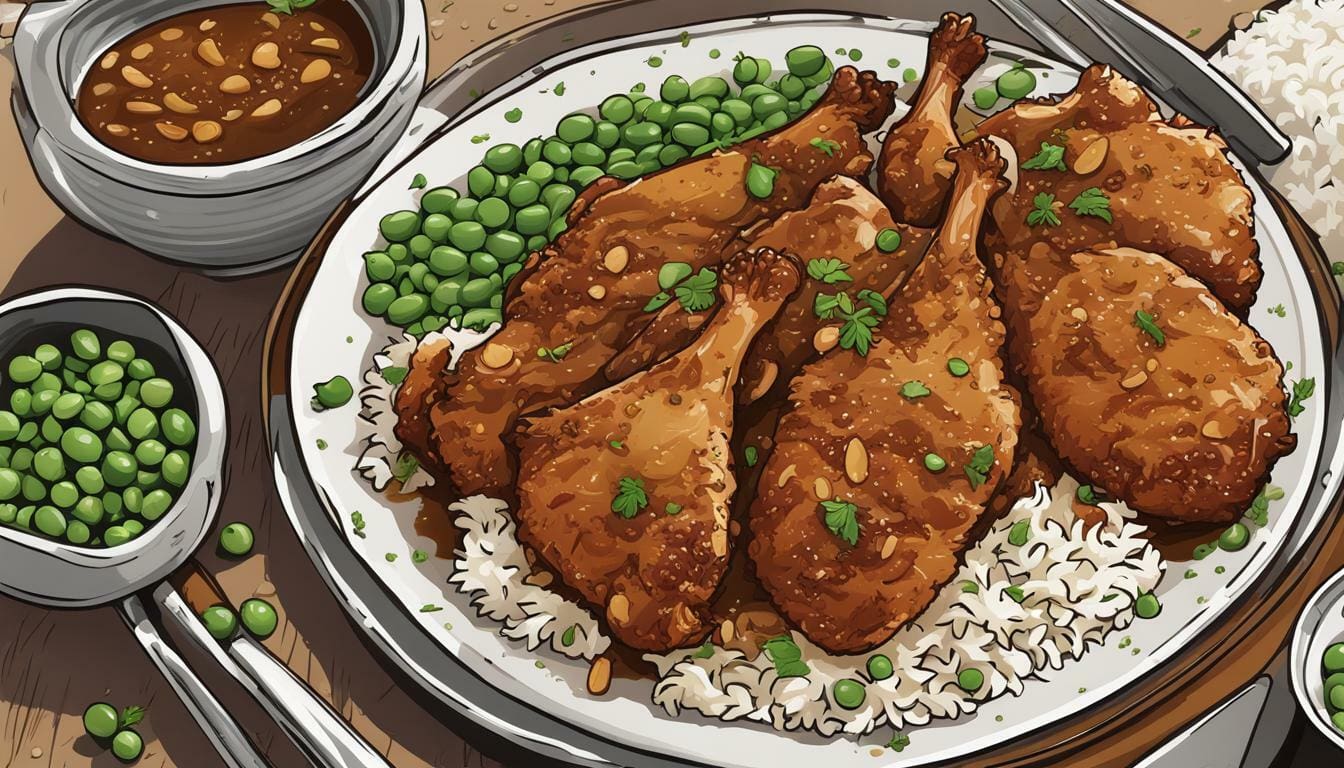Introduction
There are a lot of different opinions on whether or not you should rinse rice after cooking it Some people say it is necessary while others claim it makes no difference So what’s the truth? Should you rinse your white rice? This blog post will discuss the pros and cons of rinsing rice and help you decide for yourself!
The Debate Over Rinsing Rice Off After Cooking
There is a great debate over whether or not you should rinse your white rice before serving it Many believe rinsing rice before cooking is unnecessary while others say it’s crucial So which is it? Should you rinse riceor is it just a waste of time? Although there are two prevailing viewpoints on the matter neither of them is 100% correct However there are certain times when rinsing off rice will be beneficial and other times it won’t make any difference.
Cleaning Rice Before Cooking
Should you rinse rice beforehand you’ll know that washing it off completely is not always possible As the pressure of the rinse water pushes grains past the surface and against other grains granules are forced into crevices and become stuck between grains This makes rinsing your white rice a significant step to stop this from happening!
The Science Behind Why You Or Shouldn’t Rinse Your Rice
Starch is of immense importance to humans and has numerous benefits as food The type of starch found in grains is called amylose which doesn’t dissolve in water It gets broken down into smaller and smaller molecules that although they do dissolve in water still remain undissolved in the fluid you drink On the other hand the type of starch found in vegetables and fruits called amylopectin dissolves completely in water This is why amylopectin rice grains such as basmati arborio and sushi rice are common choices for rice dishes such as risotto or paella They’re pantry staples for any cooking process as they offer versatility and are less gummy than other rice varieties such as white rice.
The starch in white rice is made of long chains of glucose molecules These chains are contained within the walls of the cells found in grains and vegetables and they are what make up the white material you see when you open up a bag of flour or sugar When you wash rice you rinseaway some of these glucose chains reducing how much your body can absorb from your meal.
The process by which your body breaks down starches into absorbable glucose molecules is called digestion When you eat a baked potato it contains starch in the form of amylose When you chew on it and swallow it the starch goes into your stomach releasing an enzyme called alpha amylase to break it down However the enzyme can only break amylose into smaller chains of glucose if it is already dissolved in water Some water in your body is necessary for this to happen! So if you’ve cooked white rice and are drinking beverages like orange juice tea or milk with it your body will be unable to absorb as many nutrients from the meal as possible.
How To Properly Rinse Your Rice For The Best Results
Rinsing your white rice can have numerous benefits especially if you do it properly! The key to rinsing rice to retain its starch and continue to help you absorb nutrients is to do it quickly and correctly If you leave the grains in water for too long they will begin absorbing liquid instead of repelling it making the rinse useless!
1. Gather all the materials you need. You’ll need a mixing bowl or large plastic storage container, a colander or large strainer, water, and fresh cold water.
2. Fill your large mixing bowl with cool water, then add the rice. Stir it around a little bit to ensure it doesn’t get stuck in any of the nooks and crannies in the container.
3. Mix around for about a minute or two until the rice entirely absorbs the water. The water should be clear now, and your rice should have a loose, white appearance.
4. Remove the rice from the mixing bowl and place it in a colander. Push down to squeeze out as much of the water as possible.
5. Pour fresh, clean water over your rice and repeat. Do this until there is no excess starch on the grains and they are still loose, white, and fluffy.
6. Let your rice sit for a little while before enjoying it!
Recipes That Include Cooked
It’s important to use rinsing techniques like the ones in this post when cooking rice to retain its starch, which is beneficial to our health! Here are a few recipes where rinsing rice is necessary:
1. Rice Pudding
2. Cream Of Rice Soup
3. Rice With Spinach And Pine Nuts
4. Cold Steamed Vegetables With Rice
5. Rice With Sautéed Shrimp And Veggies
6. Fried Rice
7. Instant Rice Pudding Or Instant Noodles
8. Brown Rice With Carrots And Peas
9. Steamed Carrots And Soybeans With Brown Rice
10. Riced Cauliflower With Carrots, Peas, Onion, And Tahini Dressing
11. Spicy Tuna Salad Wrap
12. Fajita Vegetable Rice Bowl
13. Pita Bread Stuffed With Spinach, Chicken Breast, And Tomato Rice Salad
14. Tomato And Cabbage Rolls With Rice And Cheese
15. Spinach, Artichoke, And Rice Quiche
16. Rice Pilaf With Olives, Almonds, Parsley, Dill, And Lemon
17. Dried Fruit Rice Pudding With Vanilla Ice Cream
18. Cajun Rice Vegetable Bake
19. Indian Rice With Vegetables
20. Chicken Cooked In Sweet Sherry Sauce Over White Rice
Conclusion
Should you rinse rice? Both rinsing and cooking your rice can be beneficial for your health Cooking helps you get more starch from boiled rice but rinsing prevents the starch from being washed away by drinking your meal Each has pros and cons so it’s essential to know when and how to use them! Try some of these tips the next time you have leftover white rice!


